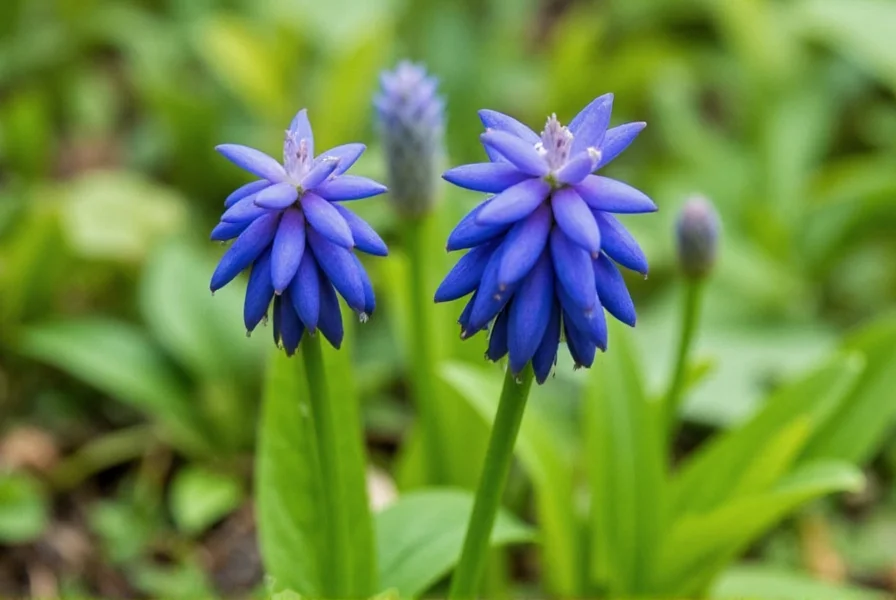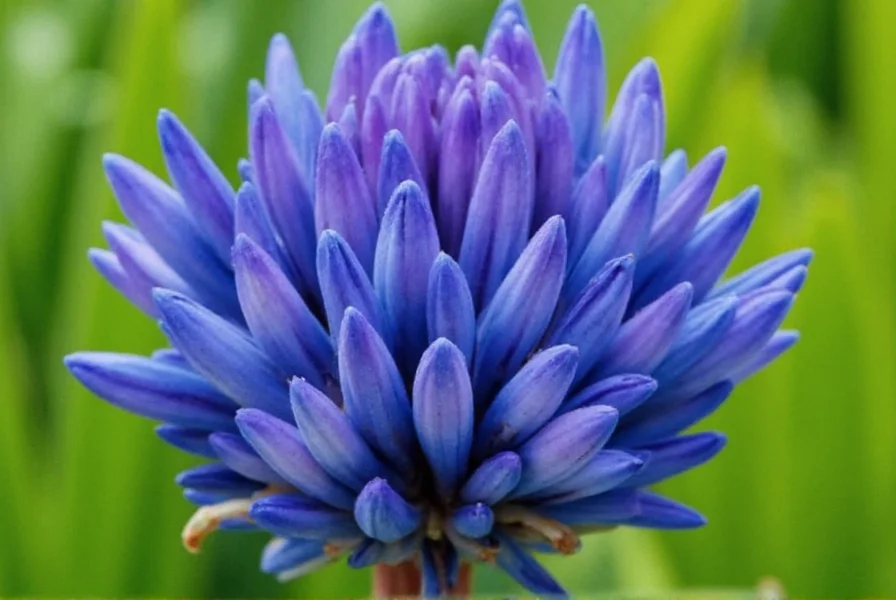When gardeners and culinary enthusiasts search for information about blue ginger plant characteristics, they're typically seeking details about this unique botanical specimen. The confusion often stems from the name itself, as true ginger belongs to the Zingiber genus while blue ginger is classified under Alpinia.
Understanding Blue Ginger Botanical Identity
Scientifically known as Alpinia caerulea, blue ginger is part of the Zingiberaceae family but represents a different genus than common ginger. This perennial plant reaches 2-3 meters in height with large glossy leaves and produces white flowers with red streaks. The "blue" designation comes from the distinctive bluish-purple color of its immature rhizomes when first cut, though this fades to beige as they mature.

Native Habitat and Growing Conditions
Blue ginger naturally thrives in the subtropical and tropical rainforests along Australia's eastern coastline, from northern New South Wales to Queensland. Unlike common ginger which prefers warmer tropical climates, blue ginger demonstrates greater cold tolerance, surviving brief periods down to -2°C (28°F).
| Growing Requirement | Blue Ginger (Alpinia caerulea) | Common Ginger (Zingiber officinale) |
|---|---|---|
| Temperature Range | 5-35°C (41-95°F) | 15-30°C (59-86°F) |
| Soil pH Preference | 5.5-6.5 (slightly acidic) | 5.5-6.5 (slightly acidic) |
| Water Requirements | Moderate to high | High |
| Light Exposure | Partial shade | Partial to full shade |
Culinary Applications of Blue Ginger
Chefs exploring blue ginger culinary uses discover its more subtle flavor profile compared to common ginger. The rhizomes offer a delicate citrusy note with less pungency, making them suitable for dishes where a milder ginger flavor is preferred. Indigenous Australian communities have traditionally used young shoots in salads and the rhizomes as flavoring for meats and seafood.
When substituting blue ginger for common ginger in recipes, use approximately 1.5 times the amount to achieve similar flavor intensity. The young shoots work particularly well in blue ginger salad recipes and as garnishes for seafood dishes.
Medicinal Properties and Traditional Knowledge
Aboriginal communities have utilized blue ginger for generations as part of traditional medicine. While scientific research remains limited compared to common ginger, preliminary studies suggest similar but milder anti-inflammatory properties. The rhizomes contain lower concentrations of gingerols, the compounds responsible for ginger's characteristic heat and many health benefits.
When gardeners inquire about growing blue ginger in home gardens, they should note that this plant prefers well-draining, organically rich soil and protection from direct afternoon sun. Propagation occurs through rhizome division in spring, with new growth appearing within 4-6 weeks under optimal conditions.
Common Misconceptions Clarified
Many searchers confuse blue ginger with Alpinia zerumbet (shell ginger), which sometimes develops purple-tinged new growth but isn't true blue ginger. Others mistakenly believe blue ginger refers to ginger that's been artificially colored blue, which isn't the case with the authentic Australian species.
When researching blue ginger vs common ginger differences, remember that while both belong to the same plant family, they represent different genera with distinct characteristics, growth requirements, and flavor profiles.
Harvesting and Storage Guidelines
For optimal flavor, harvest blue ginger rhizomes when the plant is 12-18 months old. The best time to harvest occurs during the plant's dormant season (late autumn to early spring in its native habitat). After harvesting, clean the rhizomes gently and store them in a cool, dark place where they'll remain fresh for 2-3 weeks. For longer storage, freeze the rhizomes after peeling and slicing.
Frequently Asked Questions
Is blue ginger edible?
Yes, blue ginger (Alpinia caerulea) is completely edible. Both the young shoots and rhizomes are consumed, with the rhizomes offering a milder flavor than common ginger. Indigenous Australian communities have used it as food for generations.
Why is it called blue ginger if it's not actually blue?
The name comes from the distinctive bluish-purple color visible in the rhizomes when first cut. This coloration fades to beige as the rhizome oxidizes, but the initial blue hue gives the plant its common name.
Can I grow blue ginger in a temperate climate?
Yes, blue ginger demonstrates greater cold tolerance than common ginger. It can survive brief periods down to -2°C (28°F) when established, making it suitable for subtropical and warm temperate climates. In cooler regions, grow it in containers that can be moved indoors during winter.
How does blue ginger taste compared to regular ginger?
Blue ginger has a more subtle, citrusy flavor with less pungency than common ginger. It contains lower concentrations of gingerols, resulting in a milder taste that works well in dishes where a pronounced ginger flavor would be overpowering.
Where can I buy blue ginger plants or rhizomes?
Specialty native plant nurseries in Australia typically carry blue ginger. Outside Australia, check with tropical plant specialists or online nurseries that focus on unusual edible plants. Some seed exchanges also offer Alpinia caerulea seeds or rhizomes.











 浙公网安备
33010002000092号
浙公网安备
33010002000092号 浙B2-20120091-4
浙B2-20120091-4